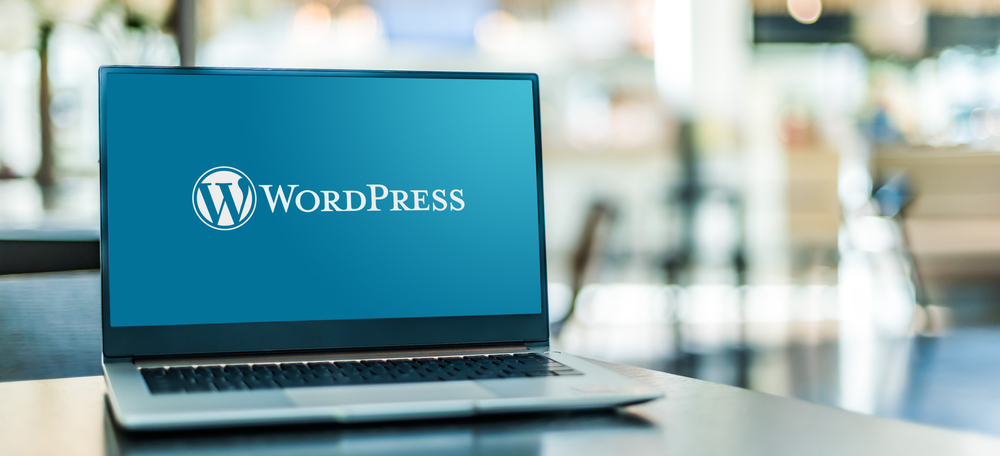
WordPress Website: Mastering Customization & Maintenance - Essential Tips & Tricks
WordPress has become the go-to platform for creating websites due to its user-friendly interface and wide array of customization options. Whether you're a beginner or an experienced web developer, mastering the customization and maintenance of your WordPress website is essential. In this article, we'll explore some valuable tips and tricks to help you take your WordPress (or WP) website to the next level.
1. Choose the Right Theme
One of the first steps in customizing your WordPress website is selecting the right theme. WordPress (the platform for bloggers) offers thousands of free and premium themes that cater to various industries and design preferences. Take your time to research and test different themes to find one that suits your website's purpose and aligns with your brand identity.
When selecting a theme, consider its responsiveness, as it's crucial to provide a seamless experience for users across different devices. Additionally, make sure the theme is regularly updated and well-supported by the developers to ensure compatibility and security with future WordPress (WP) updates.
2. Customize Your Theme
Once you've chosen a theme, it's time to make it your own. WordPress provides a range of customization options that allow you to personalize your website's appearance and functionality. Most themes offer built-in customization tools, such as the WordPress (the blogging platform) Customizer, which allows you to easily modify colors, fonts, layouts, and more.
If you're comfortable with coding, you can also explore the theme's code files to make advanced customizations to achieve a unique look and feel. Remember to create a child theme before making any code changes to ensure that your customizations are not overwritten by theme updates.
3. Install Essential Plugins
Plugins add additional features and functionality to your WordPress website. From contact forms to security measures, there's a plugin for almost everything. However, be cautious not to overload your website with too many plugins, as it can slow down your site's performance.
Consider installing essential plugins, such as an SEO plugin to optimize your website for search engines and a caching plugin to improve page loading speed. Additionally, you may want to include a security plugin to protect your site from potential threats.
Regularly update plugins to ensure compatibility with the latest WordPress version and remove any plugins that are no longer necessary or actively supported.
4. Optimize Performance
Website performance is crucial for user experience and search engine rankings. Here are a few tips to optimize your WordPress website's performance:
- Optimize images by compressing them without compromising quality. Use plugins like Smush or EWWW Image Optimizer to automate this process. Minify CSS and JavaScript files to reduce their size. Plugins like Autoptimize can handle this task for you. Implement caching to store static content and reduce server load. Use plugins like WP Super Cache or W3 Total Cache to enable caching on your website. Regularly optimize your database to remove any unnecessary data or spam. Plugins like WP-Sweep or WP-Optimize can help you clean up your database.
5. Backup Regularly
Backing up your WordPress website is crucial to protect your data and ensure you can recover quickly in case of any unforeseen circumstances. Use a reliable backup plugin like UpdraftPlus or BackupBuddy to schedule automatic backups of your website's files and database.
Store backups in an external location, such as cloud storage or an offsite server, for added security. Additionally, periodically test your backups to ensure they are working correctly and can be restored if needed.
Frequently Asked Questions
Can I switch themes without losing my content?
Yes, switching themes will not delete or alter your website's content. However, the new theme may have different formatting options that require adjustments.
How often should I update my plugins?
It's recommended to update plugins as soon as new versions are available. Regular updates ensure compatibility, security, and often introduce new features.
What should I do if my website is hacked?
If your website is hacked, take immediate action by contacting your hosting provider and a professional WordPress security expert. Restore your website from a clean backup and strengthen security measures.
Can I move my WordPress website to a new hosting provider?
Yes, you can migrate your WordPress website to a new hosting provider. Many hosting companies offer free migration services, or you can use plugins like Duplicator or All-in-One WP Migration.
Why is my website slow even after optimizing?
Several factors can contribute to slow website speed, including heavy plugins, unoptimized code, large images, or server-related issues. Consult with a developer or hosting provider to troubleshoot and identify the cause.
By following these essential tips and tricks, you'll be well on your way to mastering the customization and maintenance of your WordPress website. Remember to regularly update and secure your website to provide a smooth and secure user experience. Happy WordPressing!
Other useful resources
- https://www.wordpress24plus.com/services/